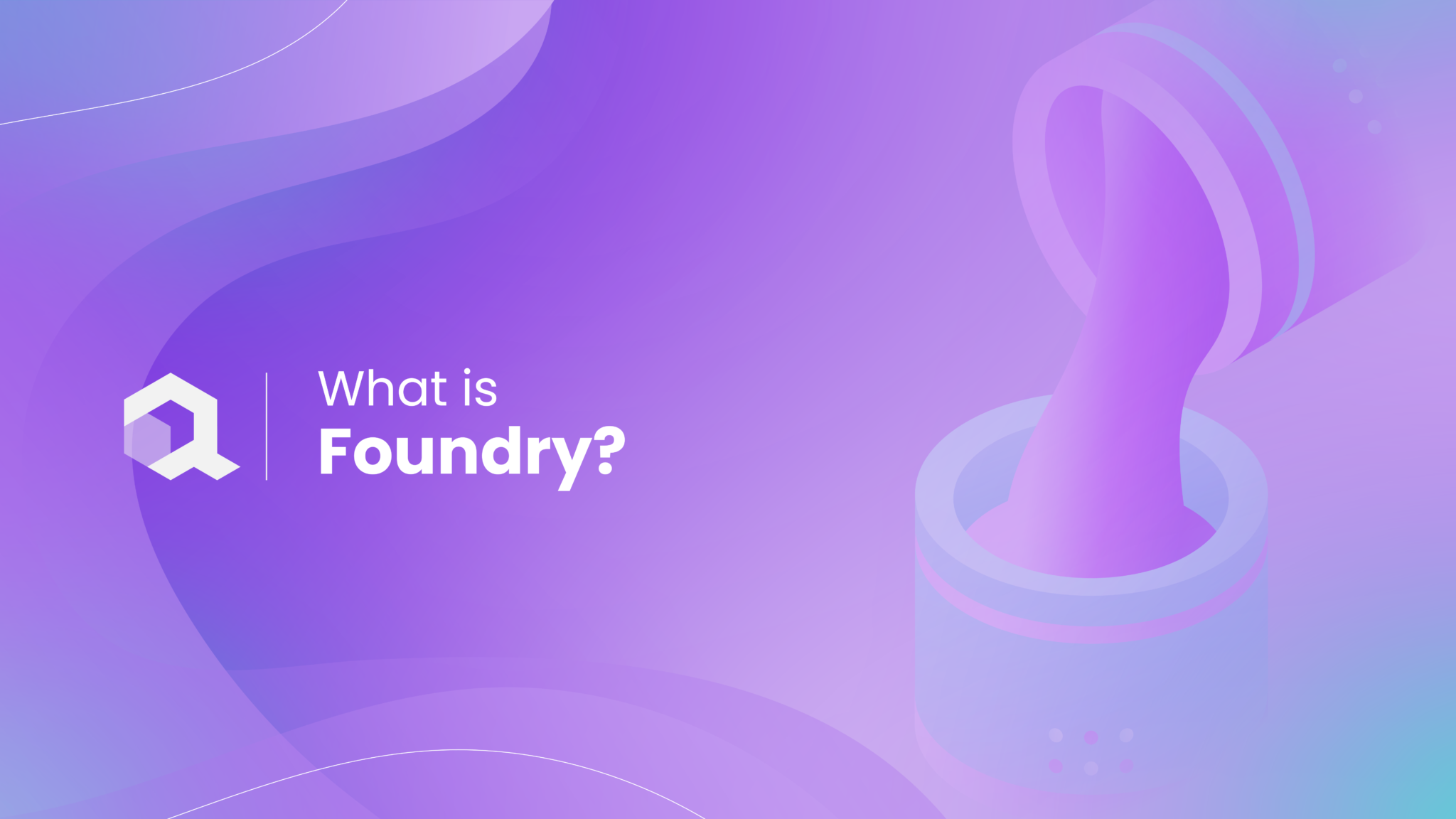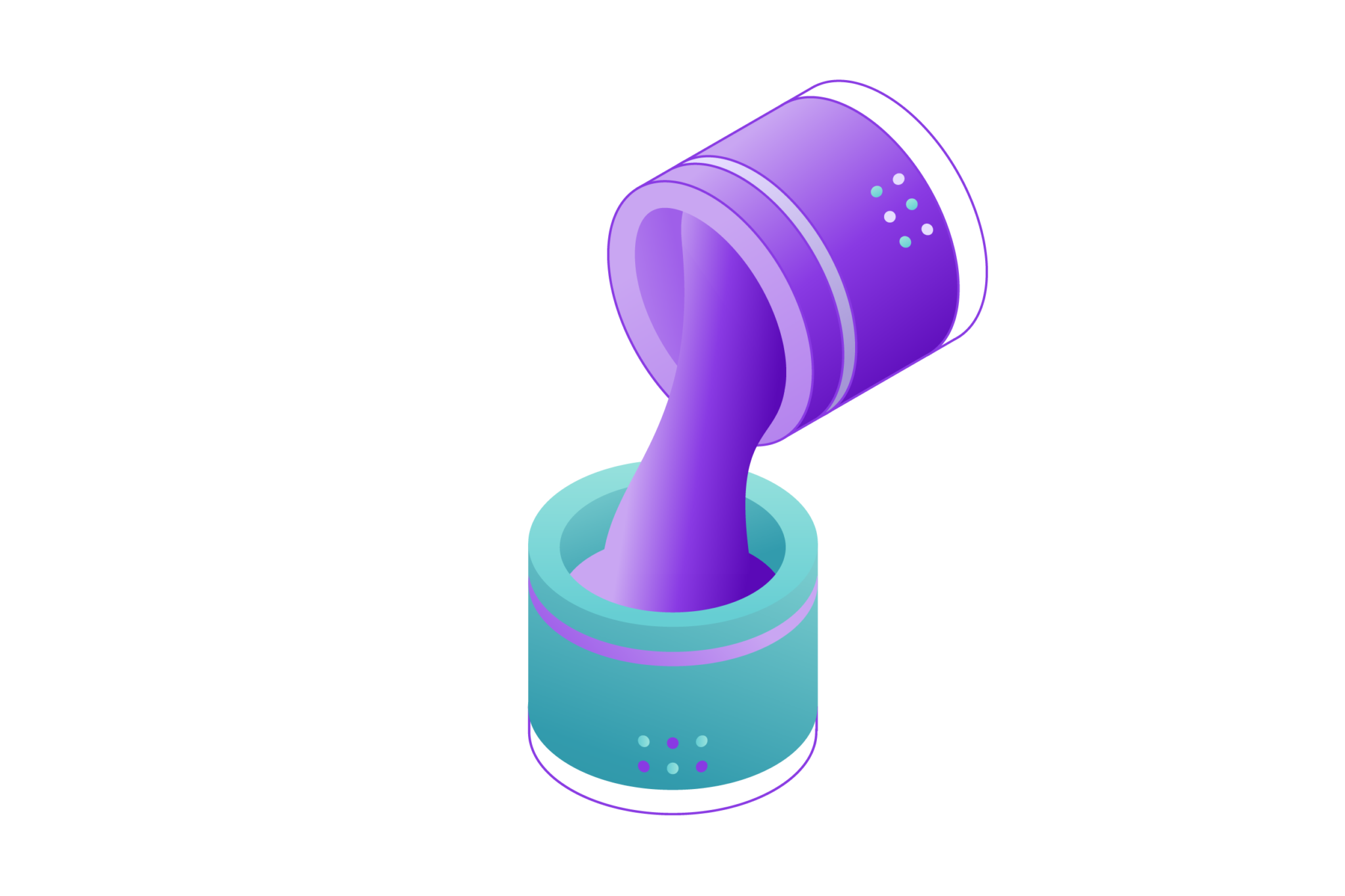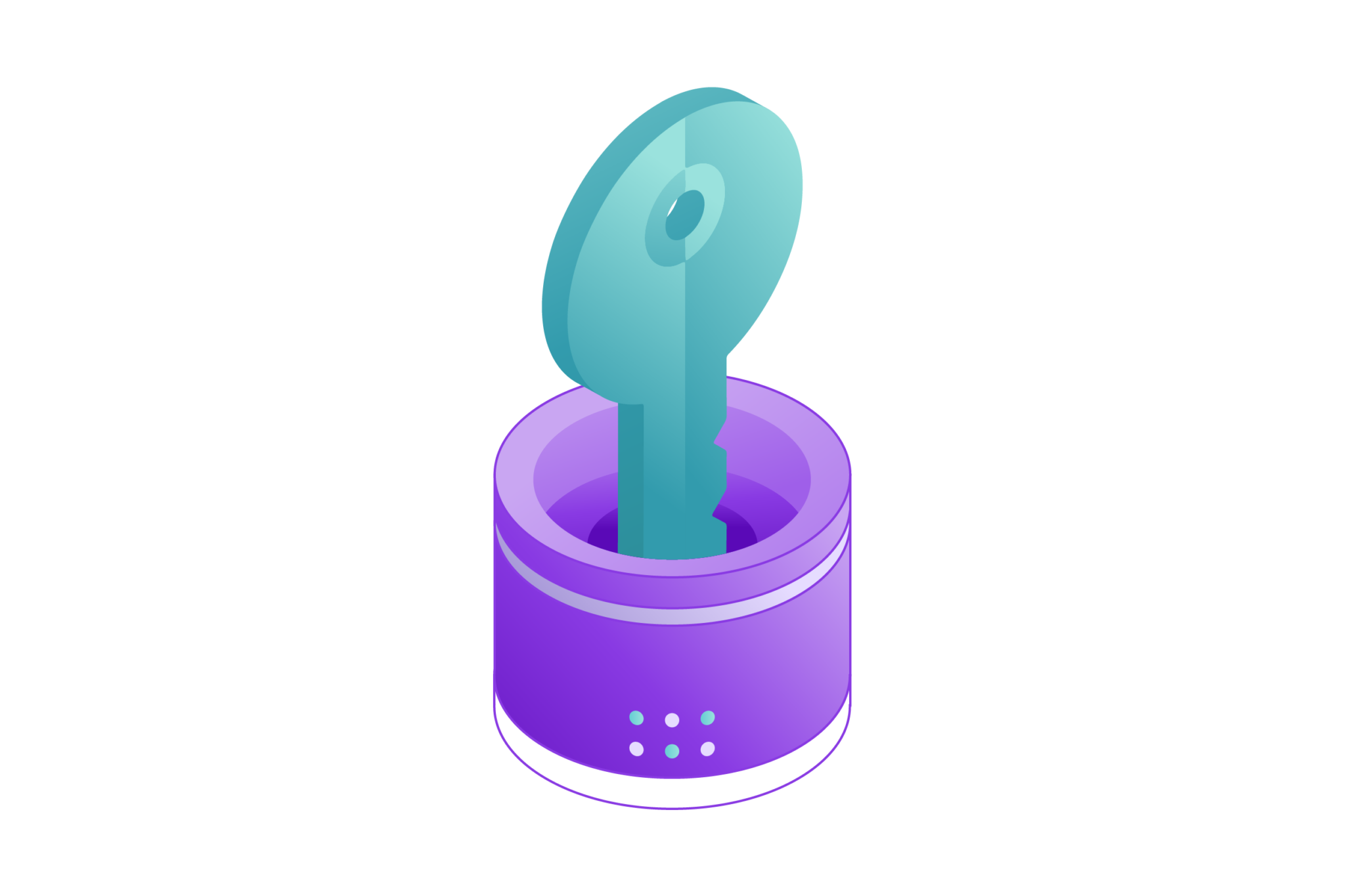
Foundry stands out as a revolutionary toolkit tailored for the development and testing of smart contracts on the Ethereum blockchain. It streamlines the complex processes associated with deploying and interacting with smart contracts, providing developers with a set of powerful and comprehensive tools. This innovative suite is crafted to enhance the efficiency and effectiveness of blockchain application development, making it an invaluable asset for developers navigating the intricacies of the Ethereum platform.
The core of Foundry is built around its ability to simplify the blockchain development lifecycle. It addresses the challenges developers face when creating decentralized applications (dApps) by offering streamlined solutions for testing, deployment, and interaction with smart contracts. The introduction of Foundry into the blockchain ecosystem marks a significant advancement, as it not only accelerates development timelines but also ensures a higher degree of accuracy and security in smart contract execution.
Understanding the significance of Foundry within the blockchain ecosystem is crucial for developers looking to leverage the full potential of decentralized technologies. Its introduction is a testament to the ongoing innovation within the field, offering a glimpse into the future of dApp development. By providing a detailed overview of its core components, this guide aims to highlight the advantages Foundry offers, underscoring its role in elevating the standards of smart contract development and testing on the Ethereum blockchain.
What is Foundry?

Foundry is a cutting-edge development toolkit designed for building decentralized applications (dApps) on the Ethereum blockchain. It distinguishes itself in the blockchain development community through its emphasis on speed, modularity, and portability—qualities highly sought after by developers working in the fast-evolving landscape of decentralized technology. By being developed in Rust, a programming language known for its performance and safety, Foundry offers an efficient and secure framework for smart contract development and testing.
The toolkit addresses some of the common challenges faced by developers in the Ethereum ecosystem, such as complex setup processes, dependency on numerous third-party libraries, and the need for extensive configurations. Foundry’s design philosophy prioritizes ease of installation and use, aiming to simplify the developer’s workflow by reducing reliance on external tools and streamlining the development process. This approach not only makes it more accessible to newcomers but also enhances productivity for experienced developers.
Also Read: What is ZCash (ZEC)? Understanding Its Role and How Does It Work?
With its modular design, Foundry enables developers to easily integrate only the components they need, allowing for a lightweight and flexible development environment. This modularity also facilitates easier updates and maintenance, as developers can update individual modules without affecting the entire toolkit. Portability is another key feature, with Foundry’s architecture enabling developers to easily share or migrate projects across different environments or platforms, further underscoring its utility in a decentralized technology landscape where interoperability and flexibility are paramount.
Overall, Foundry represents a significant step forward in the development of decentralized applications on Ethereum, offering a powerful, user-friendly toolkit that caters to the needs of the modern blockchain developer.
Key Components of Foundry

Foundry represents a comprehensive and robust framework designed to cater to the needs of Ethereum smart contract developers. Its suite of tools, accessible primarily through a command-line interface (CLI), is crafted to enhance efficiency, usability, and adaptability in the development workflow. Each component of Foundry is meticulously designed to address specific facets of the smart contract development process, from writing and testing code to interacting with the Ethereum blockchain. Here, we delve deeper into the key components of Foundry:
Forge: The Testing Framework
At the heart of the Foundry suite is Forge, a sophisticated testing framework that empowers developers to write, execute, and manage tests for their smart contracts with unparalleled ease and efficiency. Forge is engineered to facilitate fast testing cycles, enabling developers to rapidly iterate on their code, a critical aspect of developing secure and reliable smart contracts. It boasts features like comprehensive test coverage analysis, snapshot testing, and fuzz testing, which are instrumental in identifying and rectifying potential vulnerabilities or logic errors in contract code.
Forge integrates seamlessly with the Ethereum Virtual Machine (EVM), allowing for a smooth testing experience that closely mirrors the conditions contracts will face once deployed. Its compatibility with Solidity, the primary language for writing Ethereum smart contracts, ensures that developers can easily transition from code writing to testing without needing to adjust their workflow significantly.
Cast: The Swiss Army Knife for Ethereum Interactions
Cast stands out as a versatile tool within the Foundry suite, designed for direct interactions with Ethereum smart contracts and the blockchain. It serves as a Swiss Army knife for developers, offering a wide array of functionalities, from sending transactions and querying contract data to encoding and decoding data, and even converting data types. Cast eliminates the need for additional coding to perform these tasks, streamlining the development process.
Its simplicity and versatility make Cast an indispensable tool for developers who require a straightforward, efficient means of interacting with the Ethereum network, whether for deploying contracts, conducting transactions, or retrieving blockchain data. Cast’s CLI-based interface ensures that these interactions are as straightforward as executing a single command, making it accessible to developers of all experience levels.
Anvil: The Local Ethereum Node
Anvil is a key component of Foundry that functions as a local Ethereum node, specifically designed for development and testing purposes. It provides developers with a controlled, realistic environment that simulates the live Ethereum network, allowing for the deployment and testing of smart contracts under conditions that closely resemble those they will encounter upon deployment. This is particularly valuable for identifying and addressing issues that may not be apparent in a less realistic testing environment.
Anvil’s role in the Foundry ecosystem is crucial for ensuring that smart contracts are not only functional but also robust and secure before they are deployed on the Ethereum mainnet or testnets. It supports features such as customizable block times, chain forkings, and advanced mining controls, offering developers the flexibility to tailor the testing environment to their specific needs.
Chisel: The Utility and Expansion Tool
Although Chisel may not be as prominently featured as Forge, Cast, and Anvil, it represents an important component of the Foundry ecosystem. Chisel is envisioned as a utility tool that can offer additional functionalities, such as contract deployment, bytecode analysis, and potentially more, as Foundry continues to evolve. Its role within the ecosystem is adaptable, potentially serving as a foundation for future tools and features that will further enhance the capabilities of Foundry.
Chisel embodies the forward-looking aspect of Foundry, indicating the project’s commitment to growth and adaptation. As the Ethereum ecosystem itself evolves, tools like Chisel ensure that Foundry can expand and adapt to meet emerging needs and challenges faced by smart contract developers.
Each of these tools plays a critical role in the smart contract development lifecycle. From writing and testing contracts (Forge), interacting with the blockchain (Cast), running a local blockchain node (Anvil), to other utilities (Chisel), Foundry provides a comprehensive toolkit. This not only accelerates the development process but also enhances the security and reliability of smart contracts deployed on Ethereum.
The Development Process with Foundry

The development process utilizing Foundry offers a comprehensive and efficient workflow for blockchain developers, particularly those focusing on the Ethereum platform. Foundry, as a development environment and toolset, is designed to streamline the creation, testing, and deployment of smart contracts written in Solidity, Ethereum’s primary programming language.
The initial step in the Foundry development process involves writing smart contracts in Solidity. This step is crucial as it lays the foundation for the application’s logic and functionality within the Ethereum blockchain. Solidity is a contract-oriented, high-level language for implementing smart contracts, and writing these contracts accurately is essential for the success of any decentralized application (dApp).
After the smart contracts are written, the next critical phase is testing. Foundry excels in this area by providing a simulated environment that mimics real-world blockchain conditions. This simulation allows developers to thoroughly test their smart contracts under various scenarios before deployment. Testing in such a detailed and comprehensive manner is vital to ensure that the smart contracts perform as expected under all possible conditions, thereby minimizing risks and potential errors.
Once the smart contracts have been rigorously tested and are ready for deployment, Foundry facilitates their deployment directly onto the Ethereum network. This seamless integration with Ethereum allows for a smoother transition from development to live operation, making it easier for developers to launch their dApps on the blockchain.
Moreover, Foundry’s suite of tools doesn’t just stop at deployment. It extends into the post-deployment phase by offering real-time monitoring tools for dApps. These tools are crucial for the ongoing maintenance and performance optimization of live applications. They enable developers to monitor their dApps in real-time, track transactions, and gauge the overall health of their applications on the blockchain.
The development process with Foundry is a well-structured pathway that guides developers from the initial stages of writing smart contracts in Solidity, through rigorous testing in simulated environments, to deployment on the Ethereum network, and further into real-time monitoring of the dApps. This comprehensive approach ensures that developers have the support and tools they need to create robust, efficient, and successful decentralized applications on the Ethereum blockchain.
Why Choose Foundry for Blockchain Development?
Choosing Foundry for blockchain development offers several compelling advantages, particularly for those working with Ethereum and EVM-compatible (Ethereum Virtual Machine) blockchains. The key reasons to consider Foundry include:
- Ease of Use: Foundry is designed to be user-friendly, allowing developers to quickly get up to speed with its features and functionalities. This ease of use reduces the learning curve for new developers and streamlines the development process for experienced ones.
- Integration with Popular Blockchain Tools and Services: Foundry seamlessly integrates with a wide range of blockchain tools and services. This integration capability means developers can easily incorporate various tools into their development workflow, enhancing productivity and efficiency.
- Fast and Flexible Compilation Process: Foundry boasts a rapid and adaptable compilation process, enabling developers to quickly iterate on their code. This flexibility is particularly valuable in blockchain development, where the ability to test and modify smart contracts rapidly can significantly accelerate project timelines.
- Accelerated Development and Testing Phases: One of Foundry’s standout features is its ability to speed up the development and testing phases of blockchain projects. With its efficient compilation process and integration capabilities, developers can more swiftly move through the development cycle, from initial coding to testing and deployment.
- Suitability for Ethereum and EVM-Compatible Blockchains: Foundry is specifically tailored for development on Ethereum and EVM-compatible blockchains. This focus ensures that the toolset and functionalities are optimized for the specific needs and challenges associated with these platforms, making it an ideal choice for projects targeting these environments.
Foundry’s combination of user-friendliness, integrative capabilities, speed, flexibility, and specific focus on Ethereum and EVM-compatible blockchains makes it an attractive option for blockchain developers. These features facilitate a more efficient development process, from inception to deployment, making Foundry a preferred tool for those looking to build on the Ethereum ecosystem.
Understanding Foundry’s Blockchain Layer
The Foundry Blockchain layer is a sophisticated platform that incorporates distributed ledger technology (DLT) to ensure secure, immutable, and transparent transaction recording. This technology is fundamental in creating a trustless environment where parties do not need to know or trust each other to transact securely.
The layer supports various blockchain components such as smart contracts, tokens, and decentralized applications (DApps). Smart contracts are self-executing contracts with the terms of the agreement between buyer and seller being directly written into lines of code. They automate and enforce contract execution, reducing the need for intermediaries and increasing transaction efficiency. Tokens represent a unit of value issued by a project or company and can be used for investment purposes, to purchase goods or services, or to participate in specific software functions. Decentralized applications (DApps) are applications that run on a peer-to-peer network of computers rather than a single computer, enhancing their resistance to censorship and central points of failure.
Also Read: Distributed Ledger Technology: A Comprehensive Overview
The flexible consensus mechanism is another critical feature of the Foundry Blockchain layer. Consensus mechanisms are the protocols that blockchain networks use to achieve agreement on the validity of transactions. The flexibility to tailor these mechanisms means that Foundry can adapt to various use cases and requirements, optimizing for aspects like transaction speed, security, and decentralization according to the needs of specific projects or industries. This adaptability makes Foundry an appealing blockchain platform for organizations looking to implement blockchain solutions that are specifically tailored to their operational needs and challenges.
Conclusion
As the blockchain ecosystem matures, the demand for more sophisticated and user-friendly development tools has become increasingly apparent. Foundry, with its comprehensive suite of testing, deployment, and monitoring tools, represents a significant step toward meeting this demand, particularly for Ethereum and Ethereum Virtual Machine (EVM)-compatible networks. Its user-friendly interface is not merely a convenience but a bridge for developers from traditional software development backgrounds, making the transition to blockchain development smoother and more intuitive.
This ease of use, combined with the depth of its capabilities, enables developers to focus on innovation rather than the intricacies of the technology. By simplifying the development process, Foundry empowers creators to build complex, efficient decentralized applications (dApps) with less effort. This efficiency is crucial in a landscape where the speed of development can significantly impact a project’s success and relevance.
In conclusion, Foundry is more than just a development tool; it’s a catalyst for innovation in the blockchain space. Its comprehensive features, user-friendly design, and potential to lower the barrier to entry for developers signal a new era of blockchain development. As developers harness Foundry’s capabilities to create transformative dApps, the impact of these applications on various sectors is poised to drive significant change, making blockchain technology more integral to everyday life and business operations.
Disclaimer: The information provided by Quant Matter in this article is intended for general informational purposes and does not reflect the company’s opinion. It is not intended as investment advice or a recommendation. Readers are strongly advised to conduct their own thorough research and consult with a qualified financial advisor before making any financial decisions.

Joshua Soriano
As an author, I bring clarity to the complex intersections of technology and finance. My focus is on unraveling the complexities of using data science and machine learning in the cryptocurrency market, aiming to make the principles of quantitative trading understandable for everyone. Through my writing, I invite readers to explore how cutting-edge technology can be applied to make informed decisions in the fast-paced world of crypto trading, simplifying advanced concepts into engaging and accessible narratives.
- Joshua Soriano#molongui-disabled-link
- Joshua Soriano#molongui-disabled-link
- Joshua Soriano#molongui-disabled-link
- Joshua Soriano#molongui-disabled-link
